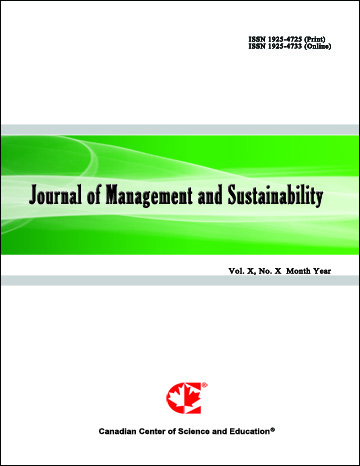Applying an Extended Kernel Density 4-Step Floating Catchment Area Method to Identify Priority Districts to Promote New Publicly Financed Supply of Gastroenterology Exams
- Pierre Polzin
- José Borges
- António Coelho
Abstract
In continental Portugal, the publicly financed supply of gastroenterology exams was limited since the end of the last century, restricted to a fixed set of private providers that was hired by the Portuguese state. This way of contracting created market entry barriers and is inefficient, since prices are administratively set. Besides, it produced access inequalities, because of the way that the supply was geographically distributed. This paper applies the Extended Kernel Density 4-Step Floating Catchment Area (EKD4SFCA) method to identify priority districts for the promotion of new supply by the state, in order to choose the appropriate way of contracting new private supply, as determined by current law, and to reduce access inequalities. The applied method enables the identification of the Portuguese regions with strong competition between health care providers and where patients’ access to publicly financed gastroenterology exams is relatively low. In these regions, the state should promote public bids to stimulate new supply, exploring thereby the potential for setting lower prices and reducing access inequalities.
- Full Text:
 PDF
PDF
- DOI:10.5539/jms.v7n1p1
Journal Metrics
Google-based Impact Factor (2021): 1.54
h-index (July 2022): 37
i10-index (July 2022): 147
h5-index (2017-2021): 12
h5-median (2017-2021): 19
Index
- Academic Journals Database
- ANVUR (Italian National Agency for the Evaluation of Universities and Research Institutes)
- CAB Abstracts
- CNKI Scholar
- EconBiz
- Excellence in Research for Australia (ERA)
- GETIT@YALE (Yale University Library)
- Harvard Library
- HeinOnline
- Infotrieve
- JournalTOCs
- LOCKSS
- MIAR
- PKP Open Archives Harvester
- RePEc
- Scilit
- SHERPA/RoMEO
- Stanford Libraries
- UCR Library
Contact
- Evelyn XiaoEditorial Assistant
- jms@ccsenet.org
